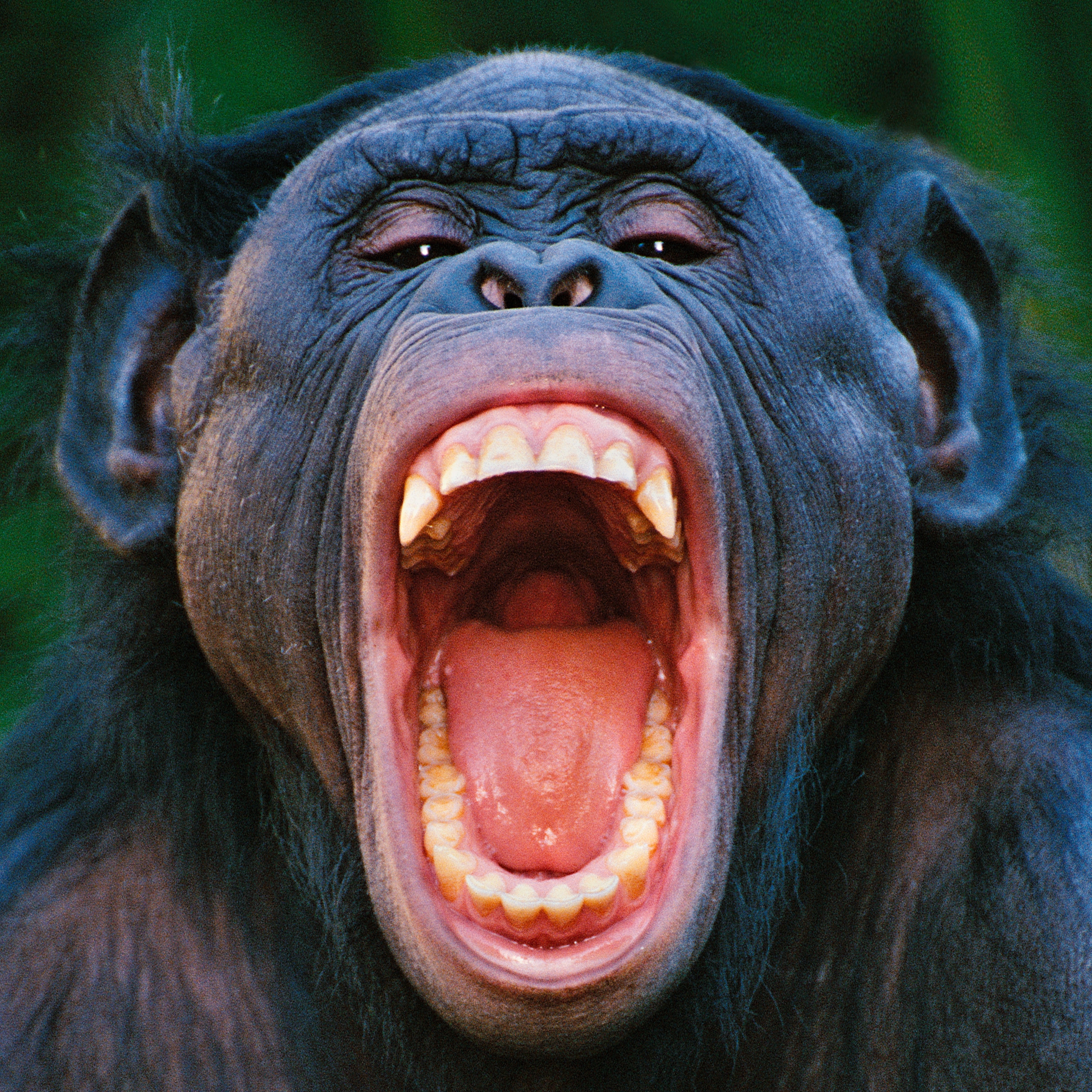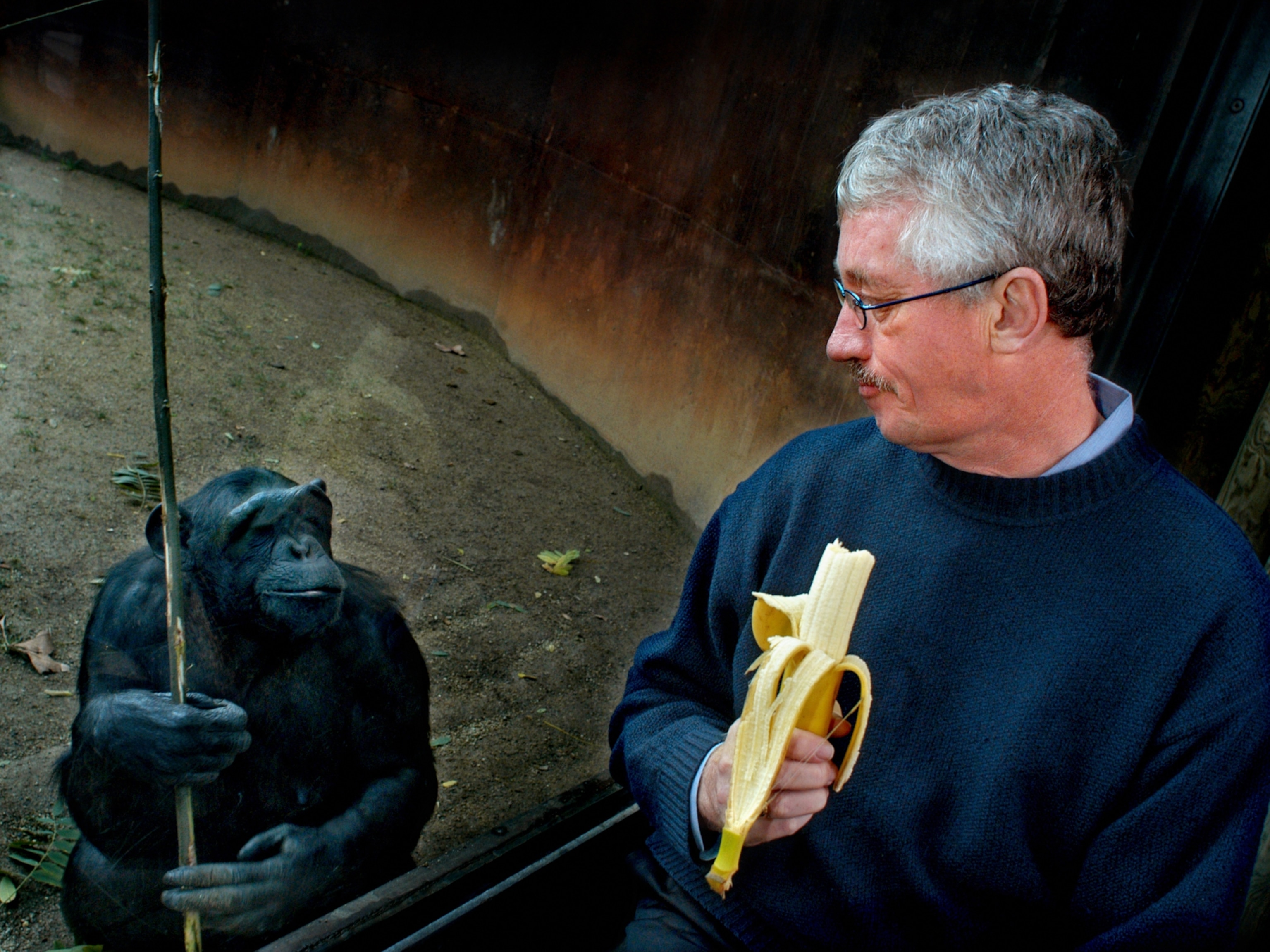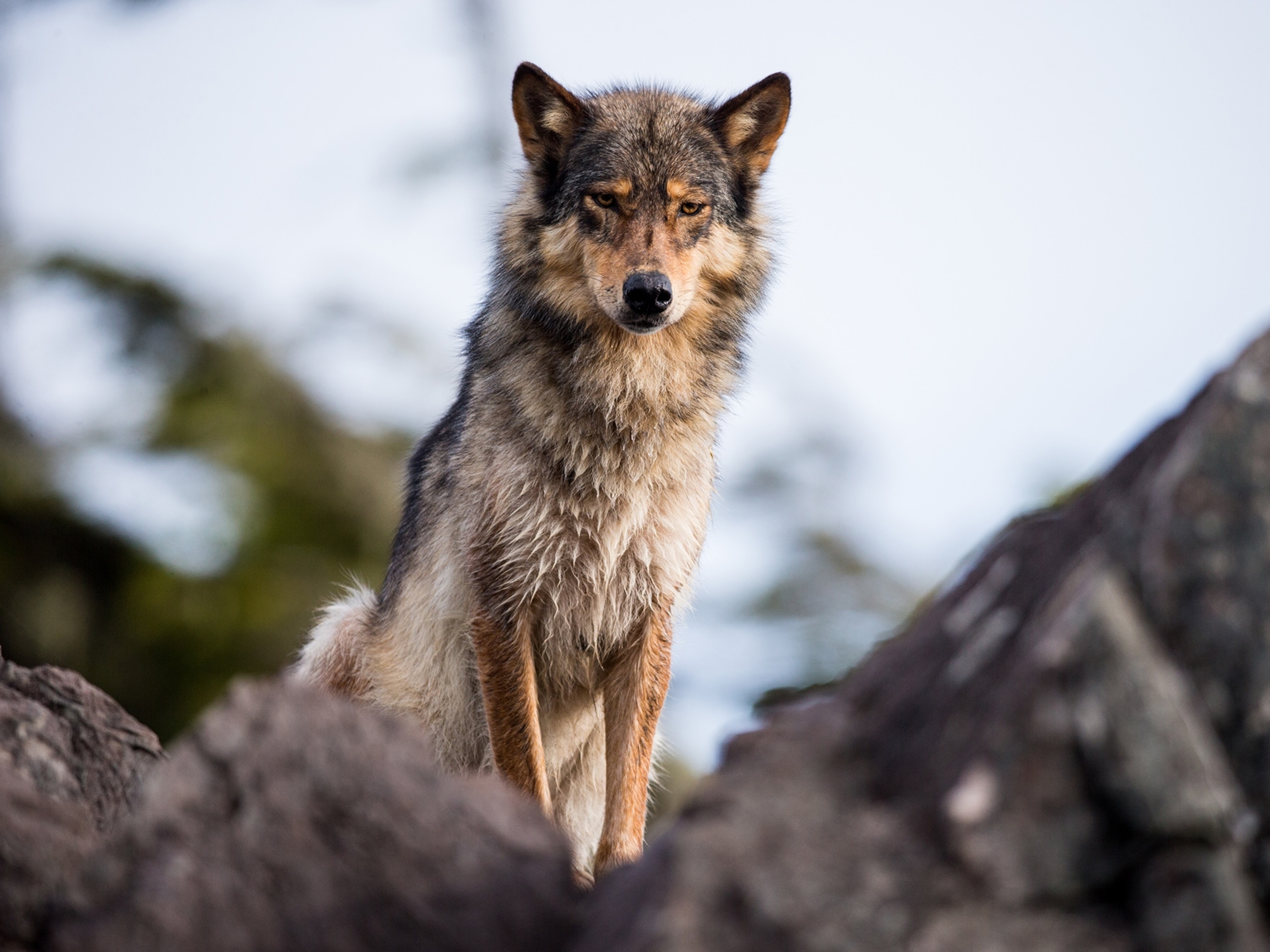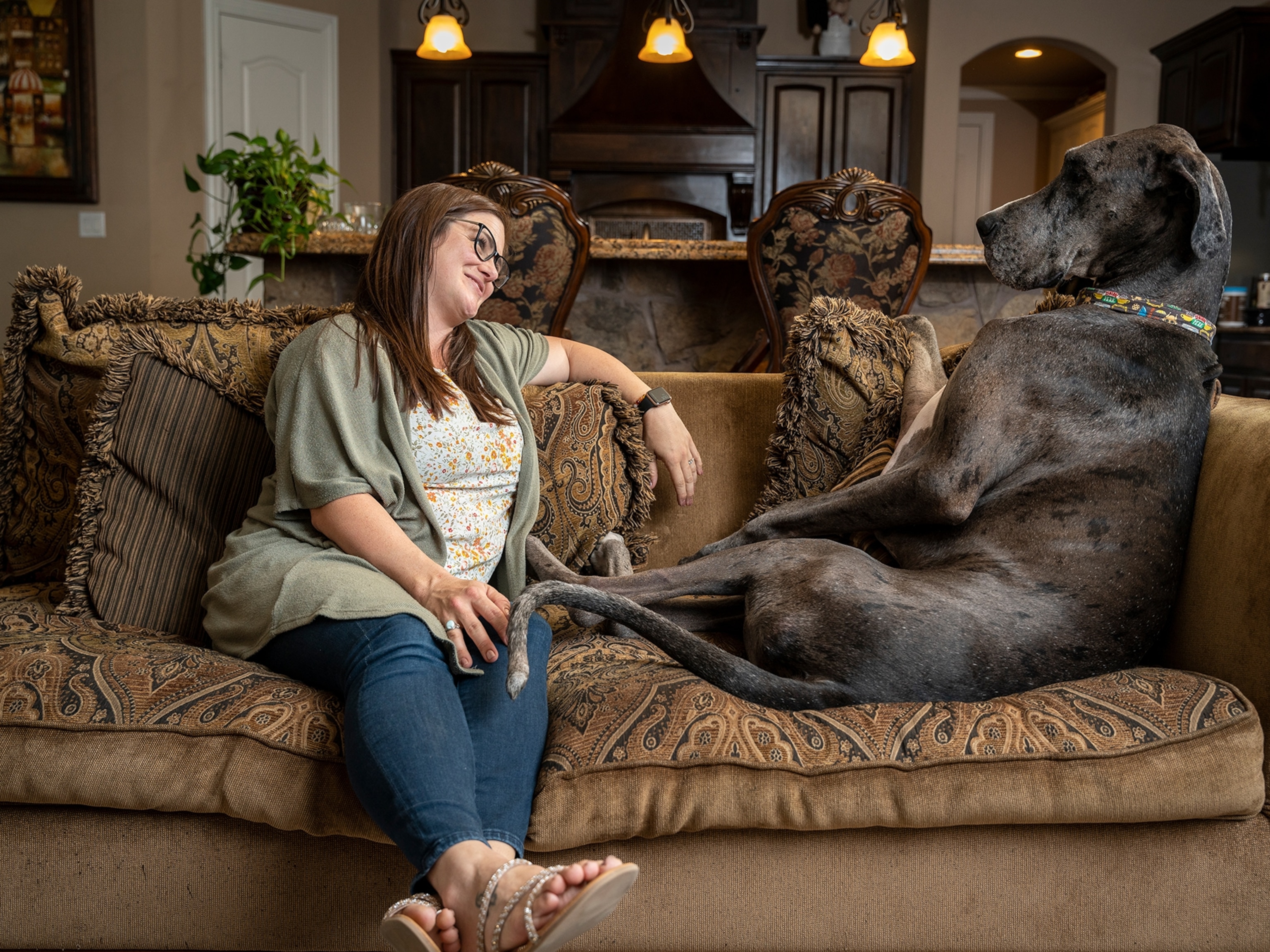Can guys and girls really just be friends? Ask these baboons.
These friendships often lasted for life, and scientists say they show how male primates can use kindness and affection to socially succeed.

Observing the same group of wild baboons for over a decade, primatologist Anna Weyher says their individual personalities begin to stand out. One baboon named Simon was a good father, a “nice guy” to female baboons, while his brother Garfunkel was “more grumpy.”
“Over time you get to know them so well,” says Weyher.
After observing Kinda baboons (Papio kindae) in Zambia’s Kasanka National Park for nine years, Weyher’s research team published their findings in January, the first long-term study of this species.
“Kinda baboon male and female relationships are very different from other baboons that they are closely related to,” says Weyher.
Other species of male baboons are typically characterized as aggressive, competing for mating opportunities and dominance in a social hierarchy. Friendships in those baboon societies are most often observed between females.
This new research showed male Kinda baboons are generally “nice guys” like Simon: they develop long-term social bonds with female baboons. While the friendships might result in mating, they also stay friends while females are pregnant or otherwise not available for mating. These male-female friendship bonds set Kinda baboons apart from other baboons.
“Some initial brief observations on the Kindas [had found] a lot of males grooming females,” says Weyher, “so we sort of had an inkling that there might be something different.”
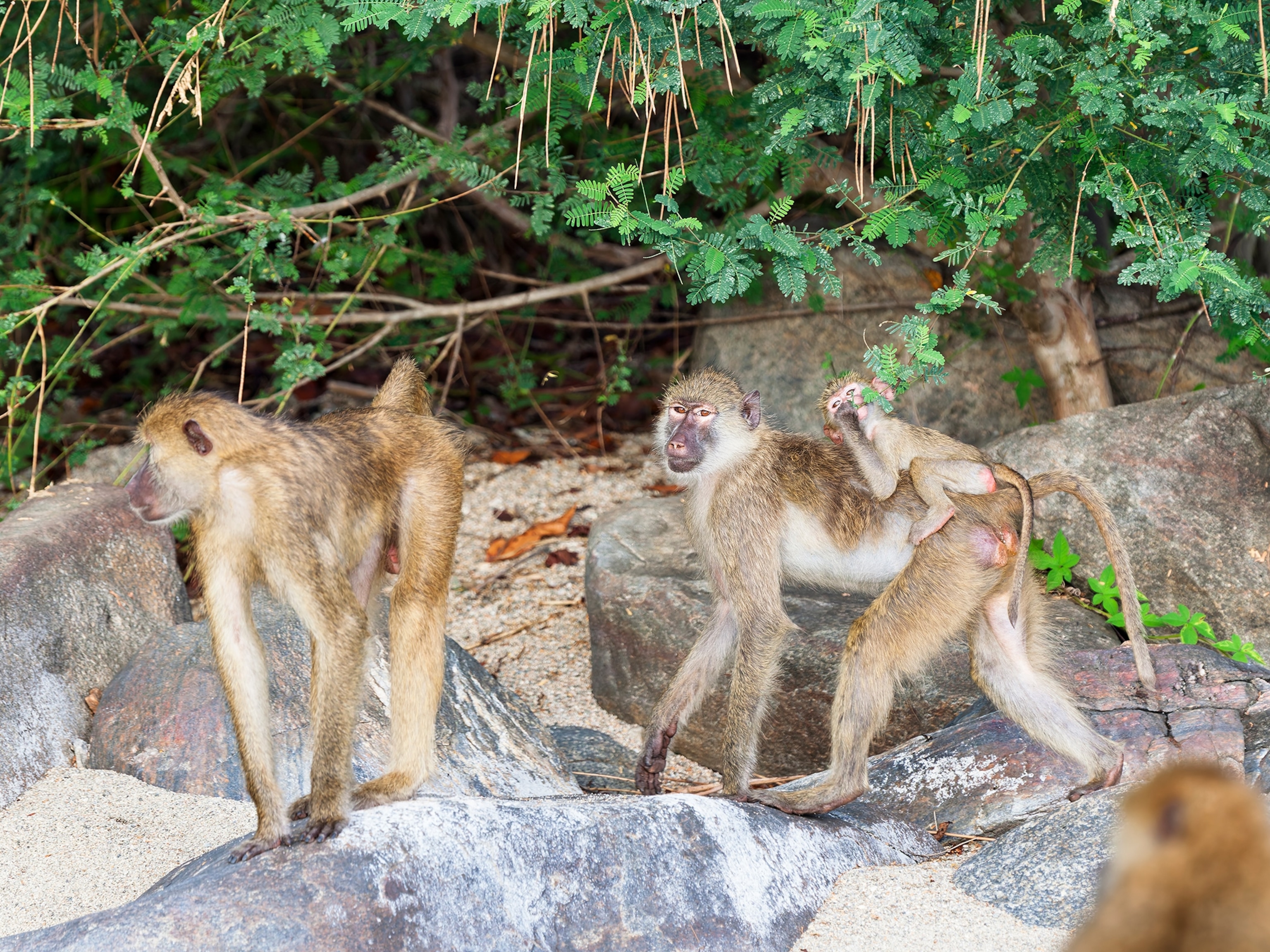
Observing the social lives of baboons
Kinda baboons were classified as a subspecies of yellow baboons (Papio cynocephalus) until 2013, when genetic evidence revealed them to be different enough to be their own species. Recent research has shown they are physically and behaviorally distinct from yellow baboons too. Kinda baboons are much smaller, and not very sexually dimorphic—meaning males and females are similar sizes.
Scientists often look at grooming behavior to measure the strength of primate social relationships, but primate grooming has mostly been studied among adult females that maintain long-term social bonds with other females. When male primates groom females, it’s typically observed in the context of prospective mating.
A different grooming pattern emerged in the Zambian Kinda baboons. Nine years of behavioral data followed a group that ranged between 43 and 89 individually recognizable baboons. Statistical models analyzed the observations, comparing the types of social behaviors in males and females, and identifying who tended to initiate interactions. The researchers found that male Kinda baboons more often initiated interactions with female baboons.
“These Kinda males are really actively initiating, maintaining, and really responsible for the close association and grooming relationships with females,” comments Nga Nguyen, biologist at California State University Fullerton, who was not involved in the new study. “This study provided empirical support and evidence that Kinda males are gentle, kind, and very affiliative towards females.”
These male-female friendships lasted for several years, often not ending until one member left the group or died.
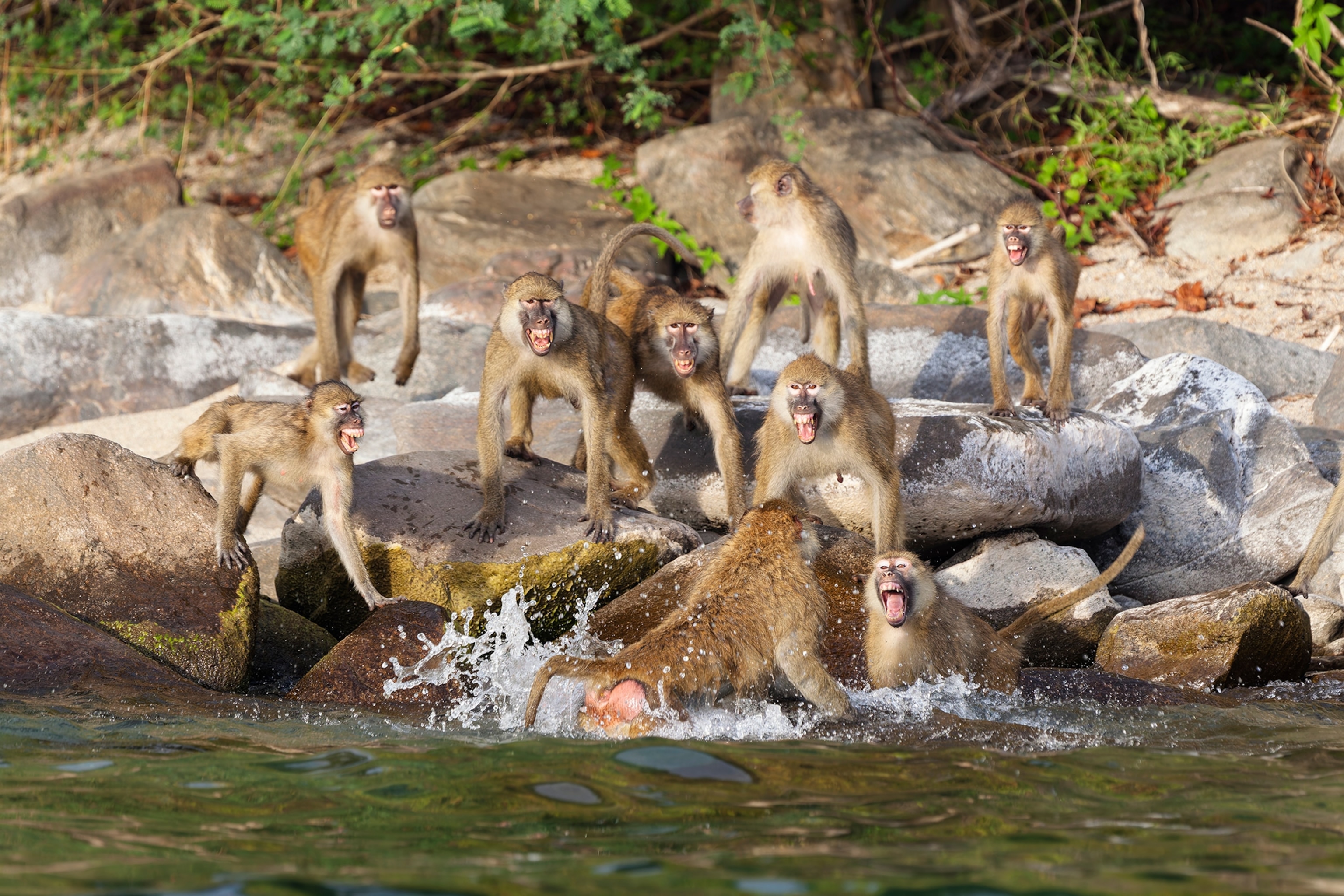
It’s unconfirmed whether this particular study group is just an “oddball population,” says Nguyen, or if these behaviors are widespread.
In the Zambian baboons, researchers also observed low levels of aggression among male Kinda baboons, compared with other baboon species. New males entering the study group didn’t face much resistance, and slowly moved up the social hierarchy, which is very different from other baboons. Among yellow baboons, for example, alpha males earn their rank by aggressively taking over the group.
“Instead of spending time fighting and being aggressive, [Kindas are] spending time forming what we call friendships,” says Weyher.
These long-term, male-female friendships could eventually result in mating opportunities, but females having a choice of who they mated with sets Kindas apart from many other baboons, adds Weyher.
Using kindness and friendship to succeed
Similarly sized males and females might explain these unique social dynamics.
“In [yellow] baboons the males are much bigger than the females, and you can really tell when you’re out in the field with them that females fear males,” says Maria Creighton, Duke University biologist who was not involved in the new study.
Creighton is not surprised that male Kinda baboons, being less physically imposing to females, would invest more in relationships with females, and that females would have more choice in mating.
“It’s a really good example of how different mating strategies can work,” says Weyher, pointing out that primates are not “innately aggressive,” but that diverse mating tactics can be successful.
Studying Kinda behavior can help scientists understand primate evolution in general.
DNA evidence shows Kinda baboons are the basal group of baboons: on the primate evolutionary tree, Kindas were the earliest species of baboons that are still living today, says Weyher. Looking at Kindas can help scientists understand how evolutionary pressures shaped other primates’ social behavior—including early human behavior.
“Baboon societies bear some resemblance to ours,” says Nguyen. “They have managed to occupy a bunch of different habitats, kind of like us.”
Baboon evolution has also been shaped by climate change and population growth in an African savanna environment, similar to the processes that shaped early human evolution, says Weyher, so how humans developed social structures may have been similar to how baboons did.
By studying these similarities, scientists can craft theories about human behavior too.
“It can give us some insights into why social relationships might be beneficial, and as a result why we think they might evolve in primates,” says Creighton.
Weyher says there’s still more to investigate within the Kasanka National Park study group.
With many female baboons born in the group now reaching sexual maturity, the researchers can observe how they choose male friends and sexual partners, and what drives their choices.
“There is a way that we think baboons are… with males being super aggressive toward one another and indifferent to females,” says Nguyen. “We focus on those who make the loudest noises, but there is kindness, and there is a lot of behavioral variation in how to be a male baboon… Sometimes we don’t capture all that, because the noisemakers are so interesting… but the quieter aspects of their lives are interesting too.”



